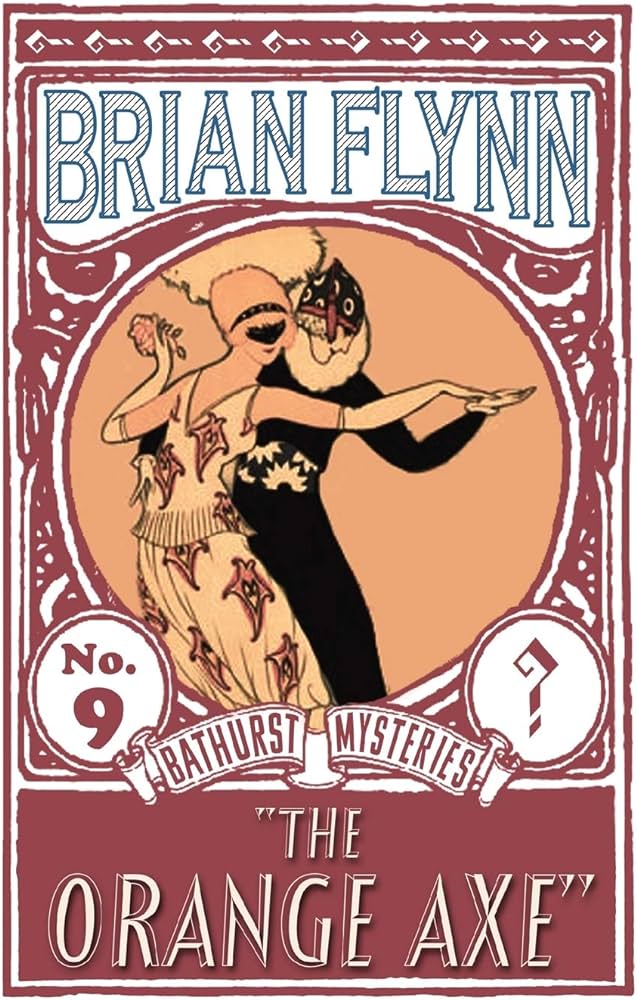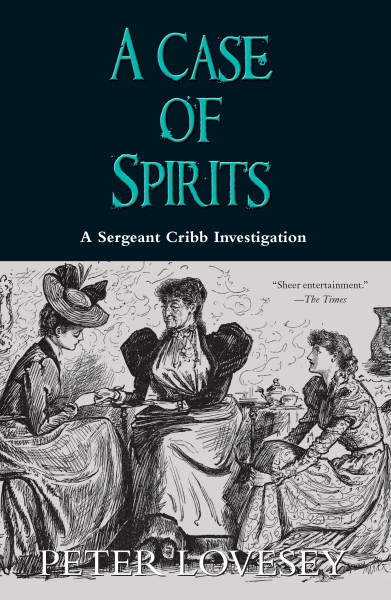
Originally Published as Det grovmaskiga nätet in 1993
English translation published in 2008
Inspector Van Veeteren #1
Followed by Borkmann’s Point
The swift conviction left Van Veeteren uneasy: Janek Mitter woke one morning with a brutal hangover and his wife dead in the bathtub. With only the flimsiest defense, he is found guilty and imprisoned in a mental institution. But when Mitter is murdered in his bed, Van Veeteren regrets not following his gut and launches an investigation into the two murders. As the chief inspector delves deeper, the twisted root of these violent murders will shock even him.
While I have previously written about several crime novels by Scandinavian authors most have fallen outside the publishing powerhouse that is Scandi Noir (perhaps the exception would be The Murder of Harriet Krohn though even that is a little different as it was structured as an inverted crime story). Today’s book, Håkan Nesser’s The Mind’s Eye is clearly an example of that type of fiction so I was curious to see whether I would take to it.
The novel begins with Janek Mitter, a schoolteacher, waking up from a night of heavy drinking to find his bathroom door locked. After knocking and yelling for his wife to open the door, he decides to take the door off its hinges and, when he does, he discovers his wife drowned in the bathtub.
Inevitably he comes under suspicion and the first third of the novel details his response to the investigation and eventual trial. Of course the actual solution could not be quite so simple and a second murder at the end of that first section sets the investigation on a different track, exploring the life and history of the victim.
Perhaps the first thing to question is whether, with the crime taking place in a locked bathroom, we ought to consider this a locked room mystery. I feel the locked room is a plot device rather than the point of the mystery. It helps point the police even more strongly toward the idea that Janek, as the one who found the body, is guilty but a mechanical explanation for how it might be achieved is presented fairly early in case anyway. Once the second murder takes place that question is basically forgotten.
This is frustrating for several reasons, not least because the reason for creating the locked room is never really explained, making it an apparently unnecessary step that raises the chances of detection with no apparent benefit to the criminal. In short, locked room connoisseurs will likely feel unimpressed with this element of the story.
Instead this first third of the novel is far more interested in exploring the preparations for the trial both from the perspective of the police and Mitter’s lawyer. This was my favorite phase of the investigation, in part because I found Mitter to be an engaging, if not particularly likeable, character but also because these chapters do a good job of building the reader’s unease with the case being built against him.
As I alluded to earlier there is a second murder and that marks a shift in the story, both in terms of the type of investigation being done and our focus. From this point onward it is Detective Chief Inspector Van Veeteren’s story as he probes into the pasts of the two victims and tries to understand exactly why they were targeted.
While the investigation of the first murder focuses on some of the more physical aspects of the crime scene, the investigation of the second murder seems to occur in the abstract. The details of the second murder are not really the focus of the investigation, though the location where it takes place is quite interesting, but rather Van Veeteren is focused on exploring the motives and the possible links between the two murders.
I did not particularly warm to Van Veeteren who is presented as a brilliant but unassuming mind wrapped up in a rather dour and caustic shell. He is led by his instincts and intuitions and crucially he has the ability to conceive of ideas that might not occur to most of us because they seem too outrageous or outlandish using only small pieces of evidence.
My problems lie in the way the narrative seems to keep us at an arm’s distance from Van Veeteren, allowing us to observe what he does but not to see everything he sees. This allows Nesser to pull off a moment that feels quite shocking and yet this is only achieved by withholding some information from the reader. I am pretty confident that I was not given everything I needed to solve the mystery myself and so I felt a little cheated by that conclusion.
What makes that all the more frustrating for me is that the ending is in many ways quite memorable. That shocking moment may not be entirely fair in the way it is set up but I think Nesser handles it extremely thoughtfully and seriously, exploring it in a way and with a sense of empathy I would not have expected.
As powerful as that moment is however, I cannot overlook some of the frustrations involved in getting to that point. The lack of resolution for the locked room is one source of irritation as is the withholding of information needed to solve the crime ourselves. Perhaps if this had been pitched more as a thriller rather than a procedural I might have had more tolerance for the latter but unfortunately it fell short of my expectations in that regard.
The result is a book that intrigued me but left me hungry for more. Van Veeteren can be quite funny, albeit in a sort of dour and sarcastic way, and I would have liked more to delve a little deeper into his character to understand him better. Similarly I liked a lot of the characters who struck me as well-observed, particularly the rather odious headmaster of the school Mitter worked at, but Nesser stacks all the most entertaining figures at the start of the story.
Will I return for more? I expect so. There was enough here that I can certainly see the potential in the character and in Nesser’s engaging writing style. It may be a while though before I get around to it…
Further Reading
John Grant had a much more positive take on the novel than me, describing it as gripping, but we do share a disappointment with its locked room.




Leave a comment